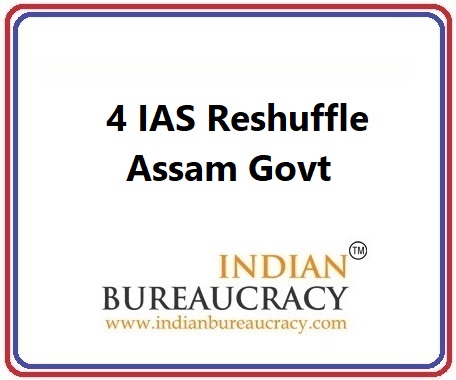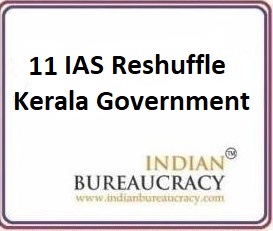Union Minister of State (Independent Charge) for Science and Technology, Dr. Jitendra Singh, announced the establishment of a Regional Meteorological Centre in Jammu during an event marking the 150th anniversary of the India Meteorological Department (IMD). This initiative aims to enhance disaster preparedness, climate resilience, and meteorological services in Jammu and Kashmir.
Dr. Singh commended IMD’s 150 years of contributions to India’s scientific growth, emphasizing its evolution from a modest start in 1875 to a globally recognized leader in meteorology. He highlighted IMD’s crucial role in supporting agriculture, disaster management, aviation, and defense by delivering increasingly accurate weather forecasts.
The Minister spotlighted the Srinagar Meteorology Centre, acknowledged as a Centennial Centre by the World Meteorological Organization, and expressed optimism that the new Jammu centre would address the region’s unique geographical and climatic challenges. “This centre will contribute significantly to IMD’s mission of providing accurate and timely weather updates across the nation,” he stated.
Reflecting on IMD’s advancements, Dr. Singh noted that integration of space, land, and sea-based technologies since 2014 has improved forecast accuracy by over 40%, helping mitigate the effects of natural disasters like cyclones, floods, and avalanches. Under Prime Minister Narendra Modi’s leadership, IMD’s infrastructure has expanded, doubling the number of Automated Weather Stations (AWS) in Jammu and Kashmir, with new X-band Radars in key locations like Jammu and Srinagar.
The Minister also outlined the ambitious Mission Mausam, a ₹2,000 crore initiative introduced during the government’s Modi 3.0 term. Spanning 2024 to 2026, the mission aims to make India “weather-ready and climate-smart” through enhanced forecasting tools and outreach programs. By 2047, Dr. Singh envisioned India as a global hub for meteorological services and disaster preparedness.
To bolster research, Dr. Singh announced forthcoming collaborations between the Srinagar Meteorology Centre and universities such as Jammu University, Sher-e-Kashmir University of Agricultural Sciences and Technology (SKUAST), and Islamic University of Science and Technology. These partnerships aim to promote innovation in meteorological sciences and train future experts in the field.
IMD’s growing relevance in citizens’ daily lives was also highlighted, from agricultural advisories to weather updates for critical sectors like defense and aviation. Dr. Singh noted the trust citizens place in IMD’s forecasts, sharing instances of people using its data to plan life events such as weddings. “This reflects IMD’s dedication and the government’s commitment to advancing science and technology,” he remarked.
The IMD’s 150th-anniversary celebrations will culminate with a grand event in New Delhi on January 15, 2025, with Prime Minister Narendra Modi as the chief guest. This event will honor the department’s legacy and present a strategic vision for its future.
Dr. Singh concluded by emphasizing the Regional Meteorological Centre in Jammu as a key milestone in strengthening scientific infrastructure and empowering citizens with accurate, reliable weather information. “India’s leadership in climate resilience and meteorology sets an example for the world,” he affirmed.





